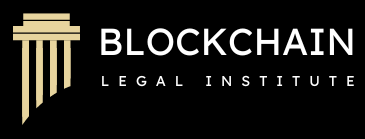The purpose of this page is to share news specific to the Ethereum community and the protocols associated.
The DeFi Report: How do you Value a Crypto Network?
According to surveys performed by the Federal Reserve, over 10% of American adults own crypto assets. Coinbase — a company with over 110 million verified users— puts the number at over 20%.
That means somewhere between 25 and 50 million adults own crypto in the US.
Globally, there are upwards of 200-300 million folks who currently own or have owned crypto assets.
But if you ask these folks how to put a value on the networks and assets they hold, you’ll likely get a deer-in-the-headlights response.
In this week’s newsletter, we lay out a framework for valuing a crypto network such as Ethereum. Topics covered:
- The difference between traditional assets and crypto assets
- The value proposition of layer 1 networks such as Ethereum
- How an investor can think about Ether the asset
- Valuation frameworks
Traditional Assets vs Crypto Assets
For the purpose of this newsletter, we are focusing on the Ethereum Network, and Ether, its native asset. But keep in mind you could broadly apply this framework to any layer 1 crypto network.
Ether represents ownership in the Ethereum Network in the same way that AAPL represents ownership in the Apple Company. However, that’s about as far as the similarities go. The bottom line is crypto assets are fundamentally different.
To read entire article click link above.
Disclaimer: The information on this page is for educational purposes only and is not an offer to buy or sell Ethereum or any other digital asset. The information presented does not involve the rendering of personalized investment, financial, legal, or tax advice. Certain statements may constitute projections, forecasts, and other forward-looking statements that do not reflect actual results. Investments in digital assets and web3 companies are highly speculative and involve a high degree of risk. Past performance is no guarantee of future results. Everyone must do their own research.
